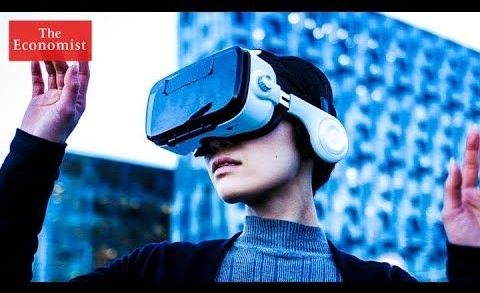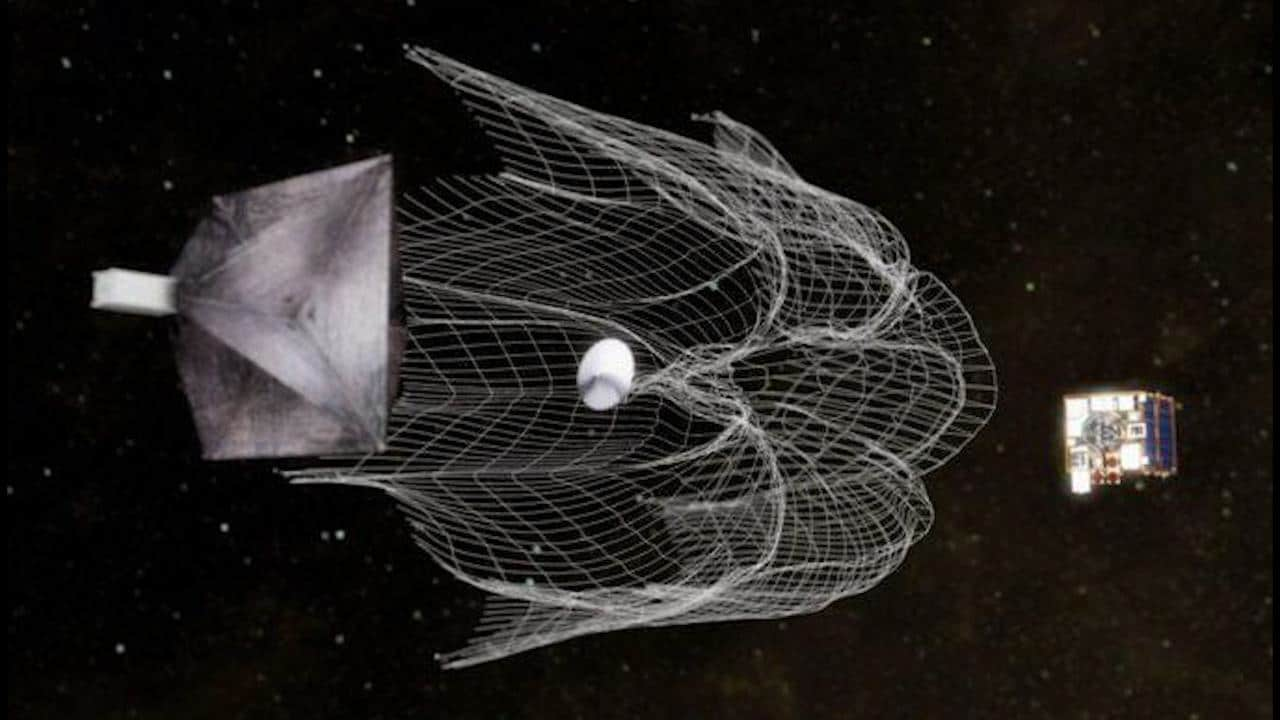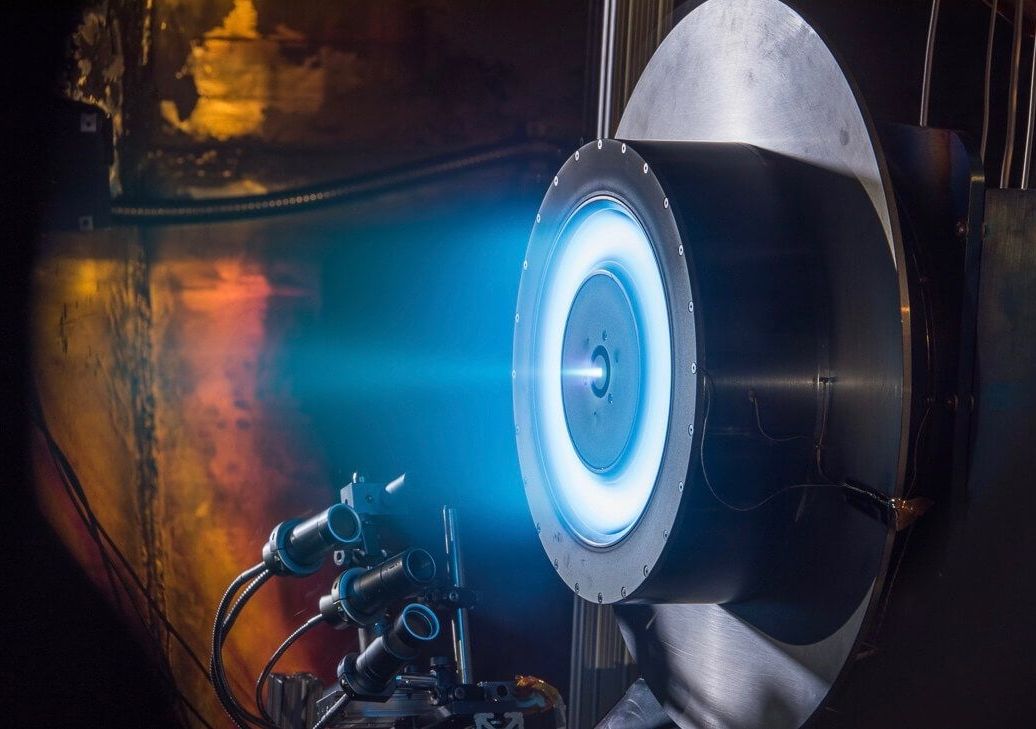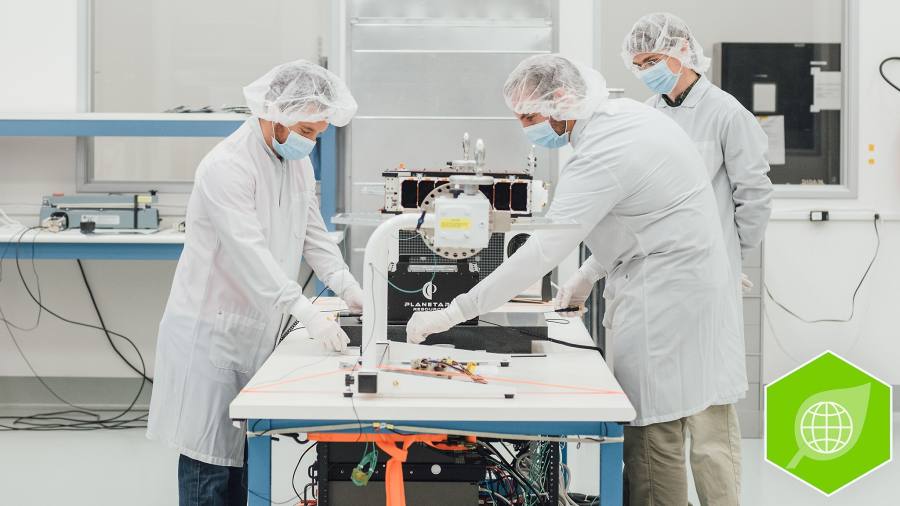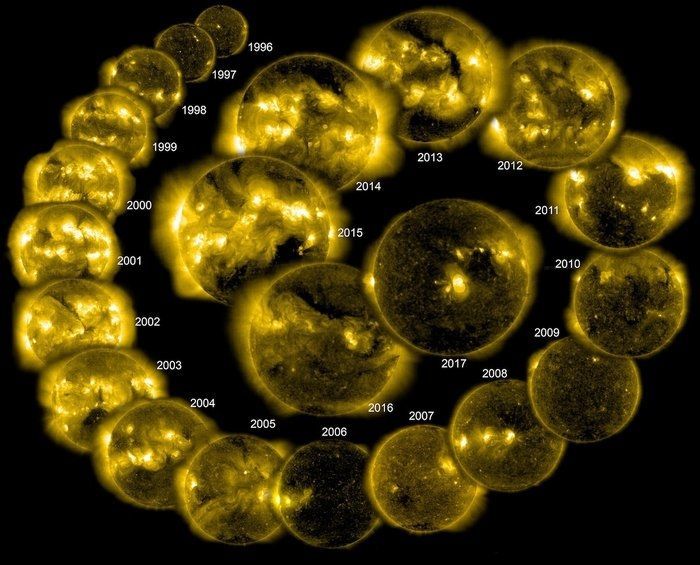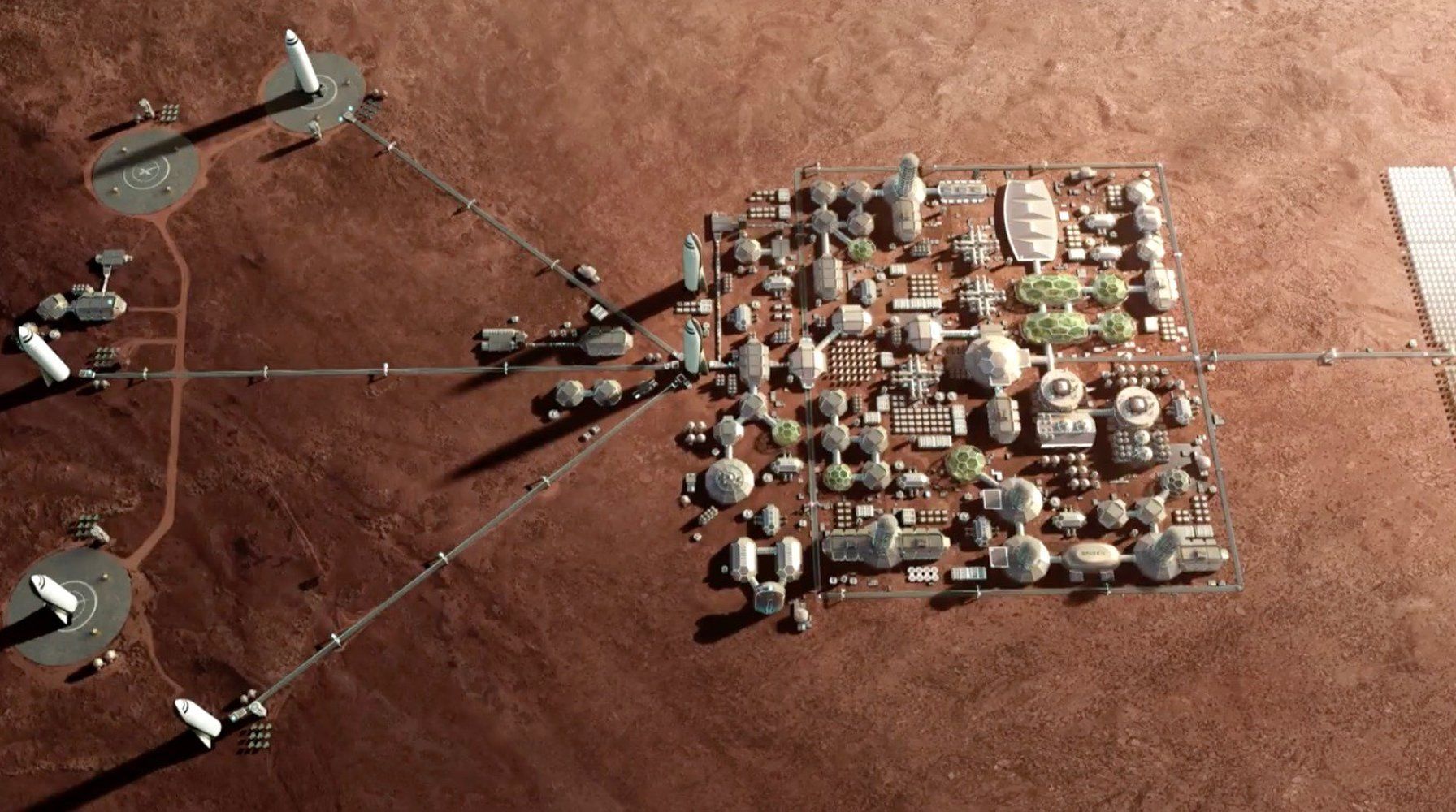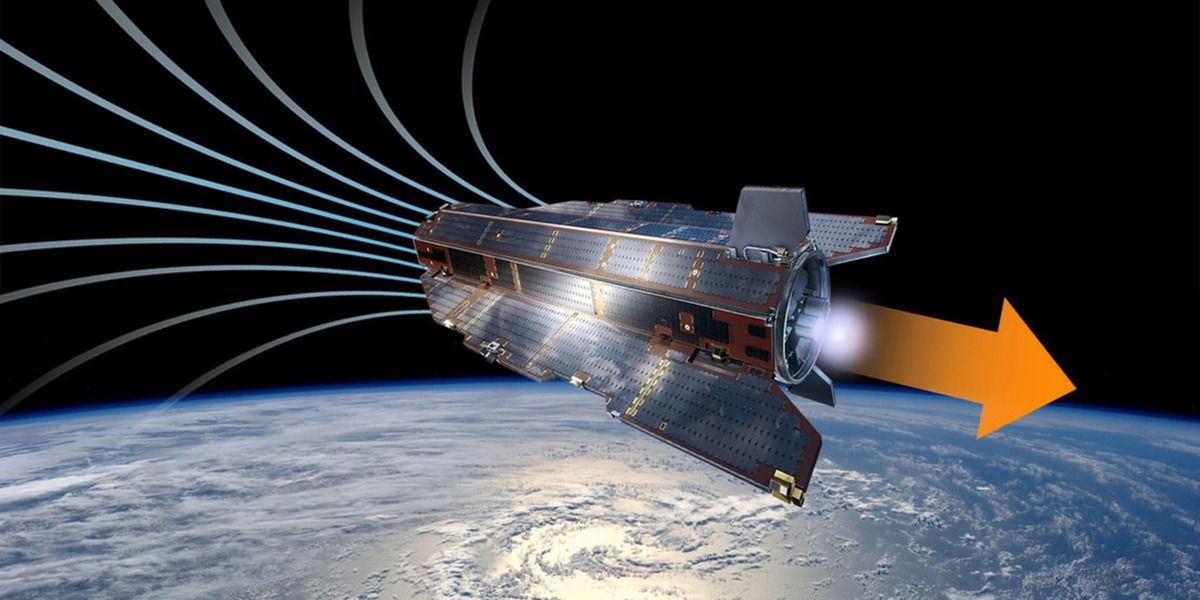The tech-industry is led by sci-fi nerds who want to create the things they read about, or saw on screen.
We all stand to benefit, provided that is, they can avoid the ethical pitfalls depicted in science fiction.
Steven Spielberg’s new film “Ready Player One” imagines a future where people live much of their lives in virtual reality. Do science fiction’s predictions of the future ever come true? Yes. And it’s no surprise, given that the tech industry is led by sci-fi fans turning their visions into reality.
If you’re watching this on your phone it is partly thanks to Captain Kirk.
In Star Trek, first broadcast in 1966 he used a pocket-sized device to communicate with his crew.
Martin Cooper, the man who invented the mobile phone says the show was the inspiration for his idea, which launched seven years later.
Amazon founder Jeff Bezos based Alexa, the voice activated speaker on Star Trek’s talking computer.
Sci-fi fan, Elon Musk, is building rockets that he hopes will one day carry people to Mars.
Submarines, helicopters, rockets and touchscreens all appeared in science fiction before becoming science fact.
